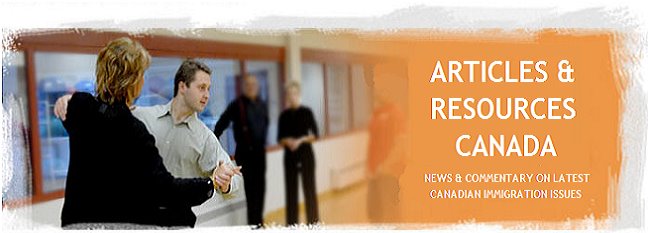As of February 1, 2008, Canadians and Americans crossing a land border from Canada to the US will need to show both an official document with photo ID, such as a driver’s license, and proof of citizenship, such as a birth certificate.
This decision to toughen requirements, announced by American Homeland Security Secretary Michael Chertoff, comes less than a month after US Congress decided to delay passport requirement. The requirement, that Canadians and Americans carry their passports across US land and sea ports, has been postponed until June 2009.
The rules will end the long-standing practice of allowing oral declarations of US citizenship at the border. In the last three months of 2007, customs officers reported 1,517 cases in which people falsely claimed to be US citizens when crossing the Canada-US border.
The new rules that require both proof of citizenship and a photo ID will apply to those 19 years and older when they seek to enter the United States through a land or sea port of entry. However, new rules will have no effect on those who cross the border on (a) Canadian or US passport; (b) US passport card (to be available in the spring); (c) pre-approved Trusted Traveler card, such as NEXUS, SENTRI or FAST card (used mostly by people who cross the border frequently); (d) Secure driver’s license (being tested in a handful of provinces); (e) US military ID with travel orders; (f) US merchant mariner document; and (g) One of several IDs issued to American Indians.
Canadians and Americans under 19 will need to show only a proof of citizenship.
Border crossing rules for Canadian landed immigrants, as well as people other than Canadian or American citizens, will be unchanged. This group will still need to show a valid passport and a visa, if applicable, to travel to the United States.
More than 800,000 people enter the US through land and sea ports each day. The biggest effect of the change will be at the Canadian border, since it applies to Canadians and Americans alike. Non-Americans coming in through Mexico already need extra documentation.
Thursday, January 31, 2008
New Canada-US border-crossing regulation to start tomorrow
Posted by
Salman Hussain
at
4:11 AM
![]()
Labels: canadian immigration, traveling, WHTI
